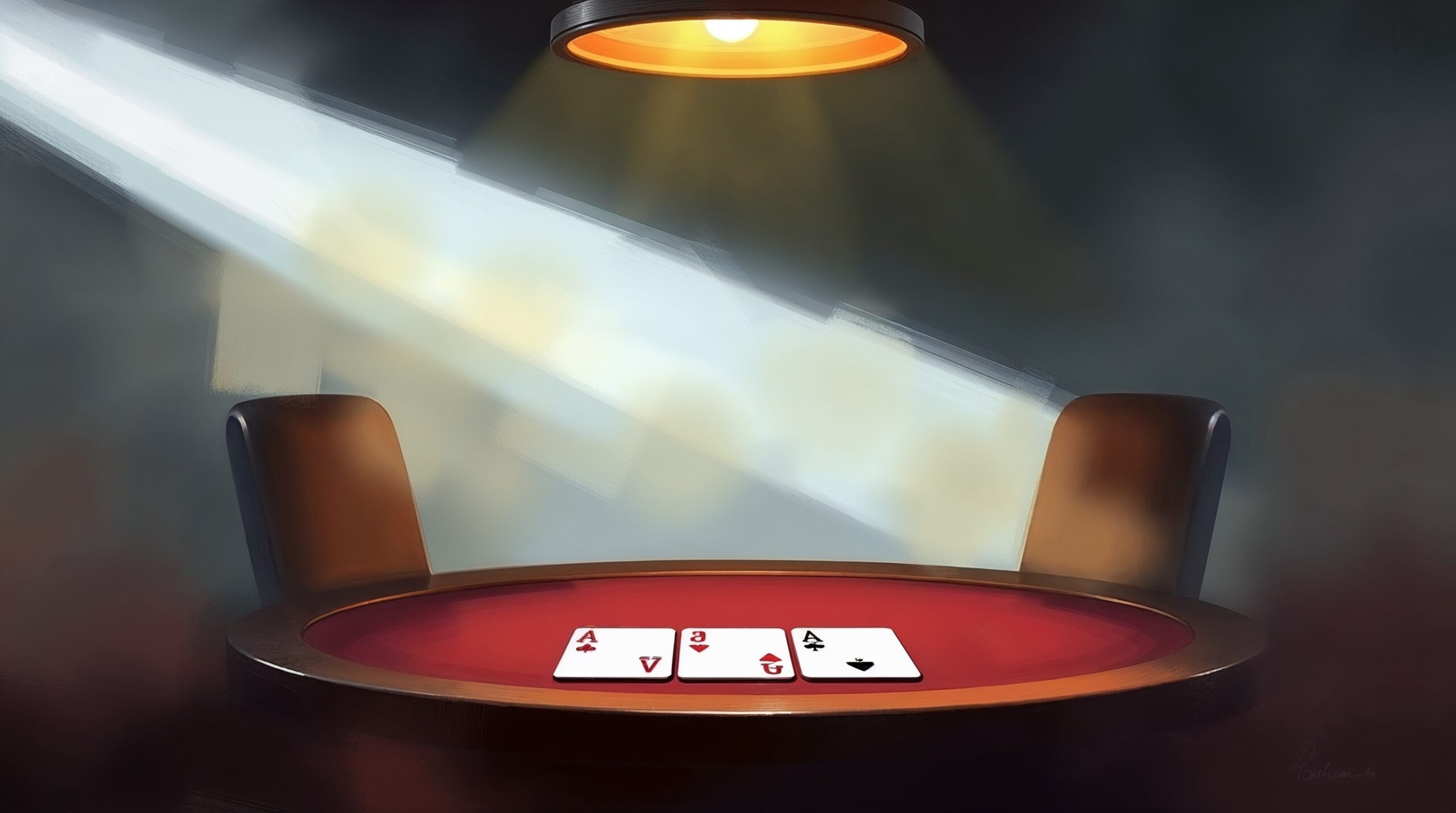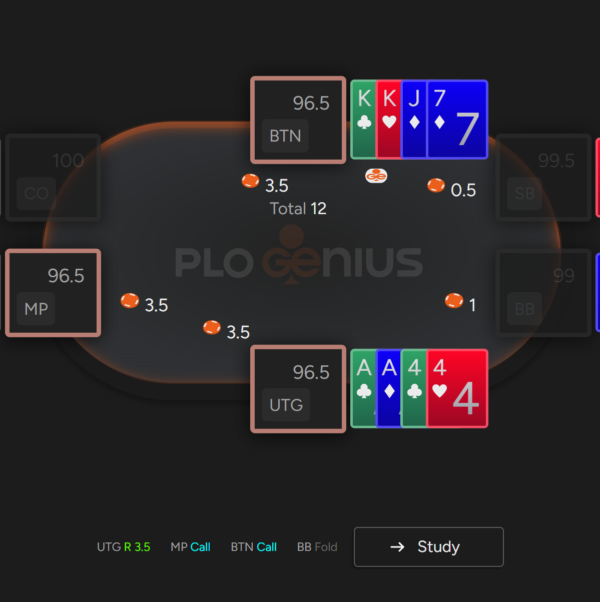A simplified GTO (Game Theory Optimal) flop strategy can drastically improve your poker game by giving you a strong, balanced foundation that keeps your opponents guessing and prevents them from exploiting you. Here’s how adopting this approach will help you immensely:
Here's a simplified GTO flop strategy that you can use to make quick and effective decisions without running a solver every time. It covers different board textures, betting sizes, and position considerations.
GTO flop strategy
1. Eliminates Major Leaks in Your Game
A GTO-based strategy ensures you’re not making glaring mistakes, such as:
- Over-folding (allowing opponents to bluff you too often).
- Over-bluffing (getting called down by stronger hands too much).
- Being too predictable (always betting strong hands and checking weak ones).
By following a balanced approach, you avoid giving away free information and force opponents to make tough decisions.
2. Adapts to Different Board Textures
Not all flops are the same—some are wet (draw-heavy, like J♥ T♦ 8♣), while others are dry (static, like K♠ 7♦ 2♥). A good GTO flop strategy adjusts based on:
- Wet boards: More betting (to charge draws) and protection checks (to avoid being exploited).
- Dry boards: More checking (since fewer turn cards change equity).
This means you’ll automatically know whether to bet for value, bluff, or check based on the board, rather than guessing.
3. Optimizes Bet Sizing
GTO simplifies bet sizing by giving you rules like:
- Small bets (25-33% pot) on dynamic boards (where many turns change hand strength).
- Larger bets (50-75% pot) on static boards (where opponents can’t easily improve).
This prevents you from overbetting weak hands or underbetting strong ones, maximizing value while minimizing losses.
4. Accounts for Position
A good GTO flop strategy differentiates between:
- In-position (IP): More betting (you control the pot, can bluff more).
- Out-of-position (OOP): More checking (you’re vulnerable to raises, so play more cautiously).
This prevents you from spewing chips when OOP and helps you pressure opponents when IP.
5. Makes You Harder to Exploit
If you only play exploitatively (e.g., always bluffing against tight players), strong opponents will adjust and crush you. A GTO baseline:
- Mixes value bets & bluffs in the right ratios.
- Balances checking ranges (so you’re not only checking weak hands).
This means even good players can’t easily predict your actions.
6. Saves Mental Energy (No Need for a Solver Mid-Game)
Instead of overthinking every flop, you’ll have default strategies like:
- C-betting 70% on wet boards, 50% on dry boards.
- Checking back medium-strength hands in multiway pots.
This lets you play faster, more confidently, and with less stress.
7. Provides a Framework for Adjustments
Once you master the basics, you can deviate exploitatively when you notice opponents’ mistakes (e.g., overfolding to flop bets). But having a GTO foundation ensures you’re never the one being exploited.
Example in Practice
Flop: Q♣ 8♥ 4♦ (Dry Board)
- You raised preflop, have AQ (top pair): Bet 50-75% pot for value.
- You have 7♥ 6♥ (no pair, backdoor draws): Check (not enough equity to bluff).
- Opponent donk-bets? Call with marginal hands, raise with strong ones.
Flop: J♥ T♦ 6♠ (Wet Board)
- You have KQ (open-ended): Bet 33% pot to charge flush draws.
- You have A♥ 2♥ (flush draw): Mix between betting small and checking.
Final Benefit: Long-Term Profit
By making mathematically sound decisions, you’ll win more in the long run, regardless of opponents’ playing styles. You’ll also learn faster, as you’re building decisions on logic rather than guesswork.














